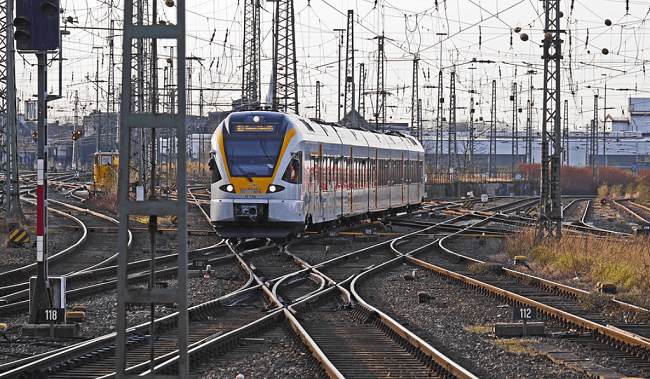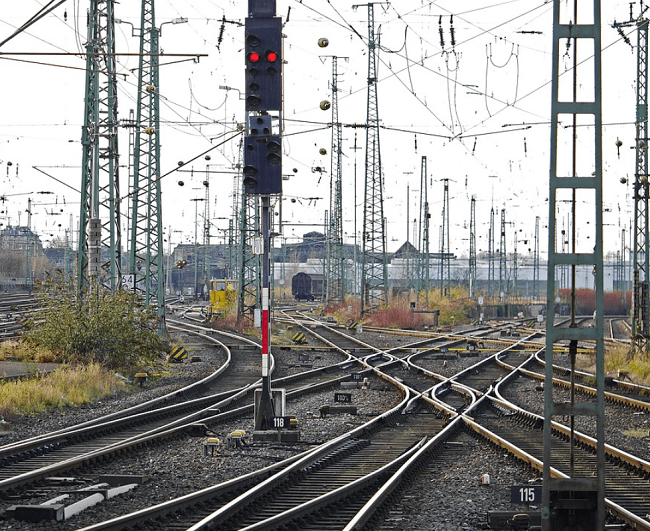Railway signaling consists of the use of signs to indicate various functions within the network.
It also enables the movement of trains from one section of the network to another.
Railway signaling is usually a complex system used to control train traffic and safely maintain locomotives, cars, and wagons on a railway line.
Trains normally travel on a pre-determined track, creating them uniquely vulnerable to collision.
Railway Signaling
When a train starts moving, the train operator sends a signal to the railway signaling system.
This message tells the railway signaling system, the train will be stopped at the next signal center.

A control center is then activated. At this point the railway signaling system will send a series of signals to the train crew, telling them what to do and when to stop.
- When a train is stopped, a series of signals to the driver, the train conductor, and the railway line maintenance crew are sent.
- The railway line maintenance crew works on the rail line and checks for faults.
- When these faults are found, the railway line maintenance crew repairs the fault.
- If the fault is not repaired, it is replaced by the railway line maintenance crew.
- When the railway line maintenance crew notices a fault, it alerts the train crew of the fault.
The train crew will stop to inspect the fault and fix it if they can. If it is not repairable, the train crew will proceed on their journey.
When they are done, they inform the railway line maintenance crew and the fault will be repaired.
The railway line maintenance crew will also use a series of signals to let the railway line maintenance crew know that a fault has been detected.

The railway line maintenance crew will then send a series of signals to the railway line maintenance crew that the fault needs replacing or repairing.
As long as the railway line maintenance crew is available, the railway line maintenance crew will have time to repair the fault before the train crew gets back on its journey.
Most faults will need replacing, while some faults can only be repaired, meaning the railway line maintenance crew needs to get back on the road before the train crew does.
This system has become a very important part of railway signaling.
A railway line maintenance team of trained to do the repairs is essential in preventing trains from causing accidents. Railway line closure.
Railways need to communicate well between themselves so as to avoid collisions.
Railways have used railway signaling for many years to help with this communication, but more railway lines are using modern methods.
In the last few years, there have been many advances in railway signaling.
New types of signaling are being introduced in trains, making them easier to use.
These newer techniques, which were used on the old trains, are now being used on new trains, giving people greater control over the way they travel.
There are many types of railway signals. The most important ones include:
The other types of signaling used are:
One of the problems railways face is where the train collides with the object such as trees, fences, or other objects on the railway.
These objects are often covered with a barrier.
Railway crossing signals are placed to alert the train drivers to the obstacle on the railway crossing.
- Collision warning signs also warn the railway line maintenance team when a train collides with obstacles on the railway line.
- The next type of railway signal is the emergency railway signal.
- This is used to alert the railway maintenance crew that there is an obstruction on the railway and that it is time to stop and clear the obstruction.
- Finally, railway signals are used to indicate when the railway line maintenance teams need to stop on the railway line to let the trains pass.
- This is usually for maintenance purposes, and not for safety reasons.
Railway signaling is very important and helps railway staff to communicate with each other.
It allows the railway to be much safer than it would otherwise be.
With the correct rail signal, you can safely travel on the railway.